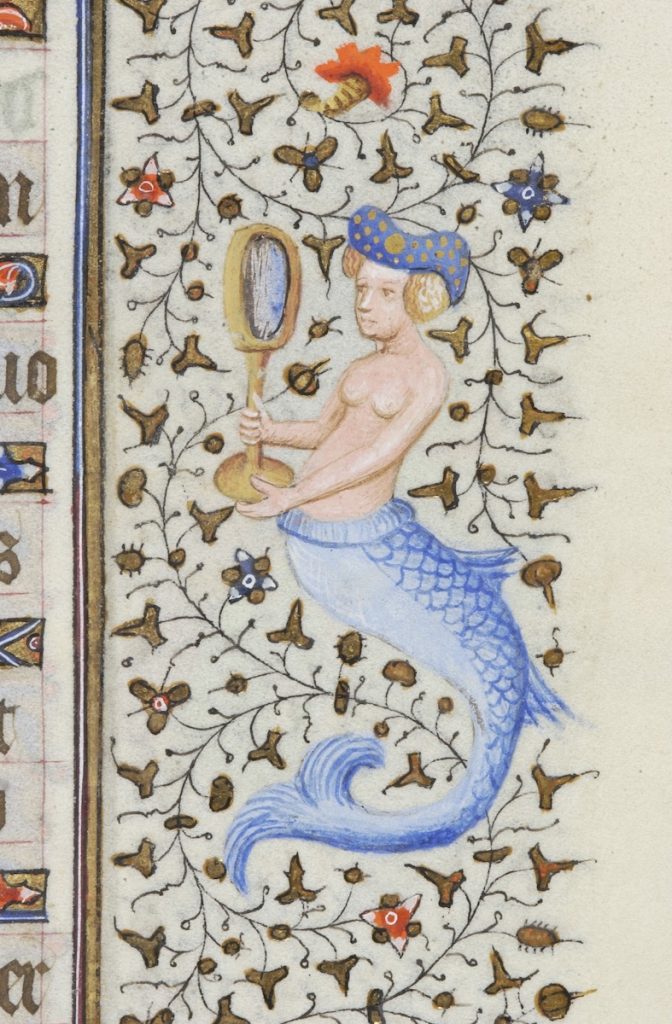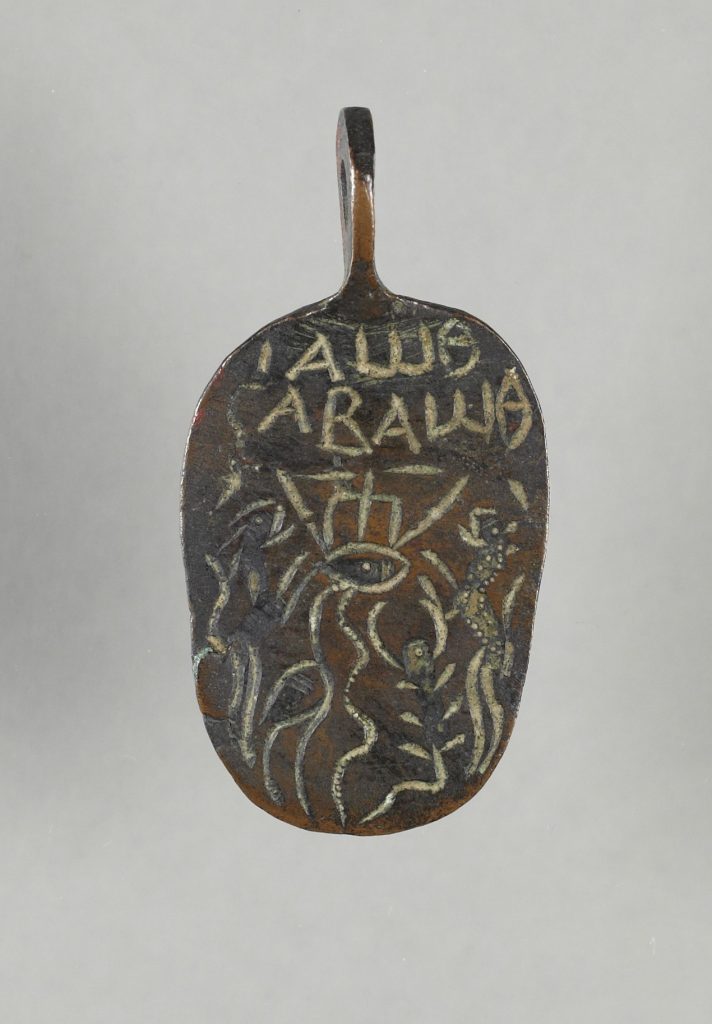

As friends and colleagues around the world prepare to celebrate festivals of light, we at the Index wish you all a luminous holiday season and a peaceful, fulfilling New Year.
This year we’re inspired by the global interest in Index resources, which has grown considerably since we ended our yearly database subscription fees in 2023. Our last online database training session saw individual registrations from more than ten different countries, including Australia, Greece, Spain, Ireland, the UK, Italy, China, and Canada. Interchange with this wide network has been a highlight for us.
In 2024, we also offered online database tutorials, hosted classroom visits, and fielded more than one hundred research questions in person and online. Such interaction is at the core of the Index’s long history as a research tool and hub for scholarship in medieval art history. We here offer a selection of the highly varied questions asked of the Index in 2024:


Please continue to stay in touch. Follow us on Facebook and Bluesky; use our Research Inquiries form; and watch our blog for new events in 2025. Next year’s happenings include an online database training session, an Index Wintersession class on writing alternative text for images, the conference session “Breaking the Mirror” at the International Congress on Medieval Studies in Kalamazoo, and a fall conference on “Art and Proof in the Ninth Century.” We look forward to sharing these events with you and to supporting your research for many years to come!